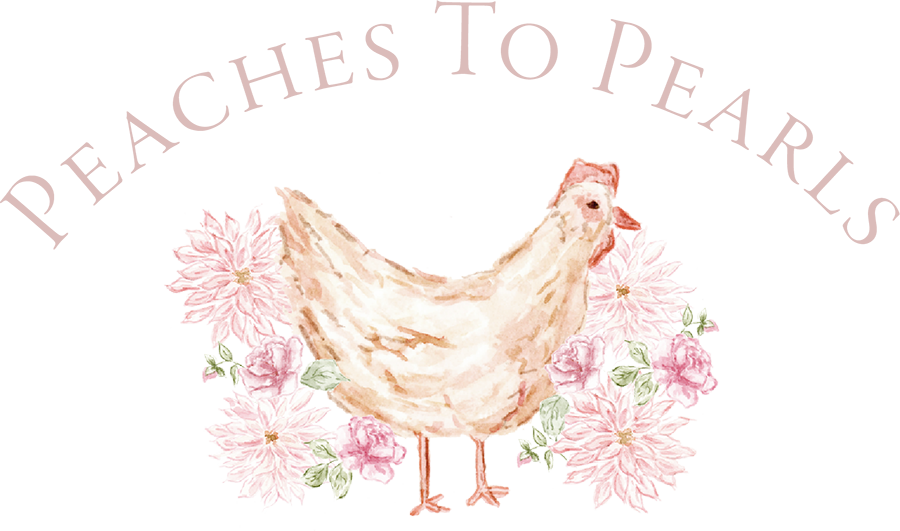
Happy Friday my friends! Hows the no sweets week going for you? This week has been a lot easier for me! I miss my little sweet treats after dinner but it hasn’t been terribly difficult. Are you ready for the FINAL weeks challenge?
Next weeks {starting Monday} challenge again shouldn’t be too difficult. Instead of taking something away, like we have been doing, we will be adding to our daily diet. The challenge is to eat at least 2 1/2 cups of vegetables per day. You can definitely eat more but you are shooting for at least 2 1/2 cups per day. Not bad, right?
Why Vegetables?
According to the USDA women ages 19-50 should consume 2 1/2 cups of vegetables per day. Too see a full recommendation list click here. So what exactly counts as a vegetable for this weeks challenge? Any vegetable or 100% vegetable juice counts as a member of the Vegetable Group. Vegetables may be raw or cooked; fresh, frozen, canned, or dried/dehydrated; and may be whole, cut-up, or mashed. In general, 1 cup of raw or cooked vegetables or vegetable juice, or 2 cups of raw leafy greens can be considered as 1 cup from the Vegetable Group. The chart lists specific amounts that count as 1 cup of vegetables (in some cases equivalents for ½ cup are also shown) towards your recommended intake. Here are some nutrients found in vegetables taken directly from USDA My Plate website:
- Most vegetables are naturally low in fat and calories. None have cholesterol.
- Vegetables are important sources of many nutrients, including potassium, dietary fiber, folate (folic acid), vitamin A, and vitamin C.
- Diets rich in potassium may help to maintain healthy blood pressure. Vegetable sources of potassium include sweet potatoes, white potatoes, white beans, tomato products (paste, sauce, and juice), beet greens, soybeans, lima beans, spinach, lentils, and kidney beans.
- Dietary fiber from vegetables, as part of an overall healthy diet, helps reduce blood cholesterol levels and may lower risk of heart disease. Fiber is important for proper bowel function. It helps reduce constipation and diverticulosis. Fiber-containing foods such as vegetables help provide a feeling of fullness with fewer calories.
- Folate (folic acid) helps the body form red blood cells. Women of childbearing age who may become pregnant should consume adequate folate from foods, and in addition 400 mcg of synthetic folic acid from fortified foods or supplements. This reduces the risk of neural tube defects, spina bifida, and anencephaly during fetal development.
- Vitamin A keeps eyes and skin healthy and helps to protect against infections.
- Vitamin C helps heal cuts and wounds and keeps teeth and gums healthy. Vitamin C aids in iron absorption
Vegetables also have something called phytochemical power. Wait.. is this some kind of super power?! Not necessarily but they are super nutritious! Phytochemical’s are chemical compounds found primarily in plant- based foods that deliver major beauty and health benefits. Some of these phytochemical’s include:
- Carotenoids- to protect eye health- Apricots, beets, bell peppers, carrots, kale, sweet potatoes, tomatoes, winter squash, chard, spinach
- Flavonoids- to reduce inflammation and defend against aging- Fennel, onions, green beans
- Glucosinolates- to help balance hormones and block wrinkle formation- Broccoli, Brussels sprouts, cabbage
Fiber
Another reason why we are adding more vegetables to our daily diet is because of the fiber. Fiber is a type of non-digestible carbohydrate found only in plant-based foods we eat. Carbohydrates, protein and lipids (aka fatty acids or fats) are all macronutrients that provide energy to our cells. Women should try to eat at least 21 to 25 grams of fiber a day, while men should aim for 30 to 38 grams per day.
Now let’s talk about why fiber is so important. Fiber plays many important roles in our bodies. A few include helping slow the release of sugar into our bloodstream, helping regulate cholesterol and helps to promote digestive health by attracting water into the intestines, which prevents constipation. Also, research shows that by increasing daily fiber intake will promote weight loss. Have I convinced you to add more fiber now??
Recipes
Looking for some delicious ways to add more vegetables and fiber to your daily diet? Try sweet friend and fellow RD, Marisa Moore from Marisa Moore nutrition Smoky Chickpeas and Spinach recipe! She loves this recipe because it’s packed with fiber {14 g} and is very affordable! Head over to her blog to snatch up this recipe!
Here are a few more recipes that are great sources of fiber and a variety of vegetables! {Click each photo for recipe}
Beauty
We are finally to the end of our challenge, but I hope you take these habits with you through the year! To end our beauty portion, I want to challenge you to wear lipstick each day this week! To me, the best way to dress up an outfit and feel beautiful is to add a bold lipstick! Red is my favorite but I always love a good pink for work.
Up for an additional challenge this week (I know you can do it!)? I’ll be including a minimum of 30 minutes active time each day. To improve overall cardiovascular health, the American Heart Association recommends thirty minutes a day, five times a week. Let’s finish strong!
Now that you are feeling even more beautiful and confident at the end of our challenge, pass this on to a girlfriend and encourage her to do it or join us on our next EAT PRETTY | FEEL PRETTY Challenge! Thanks again for joining!
Xo,









Leave a Reply